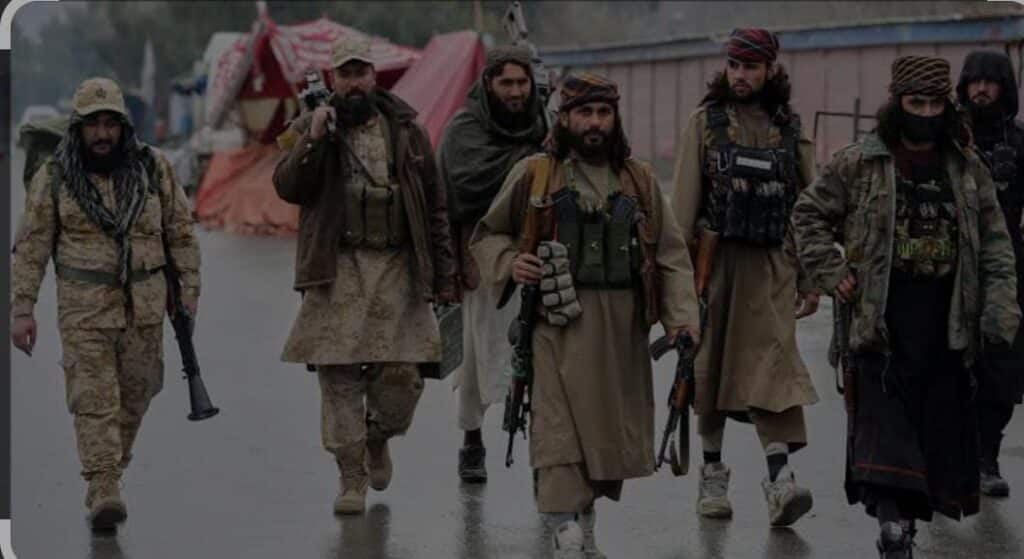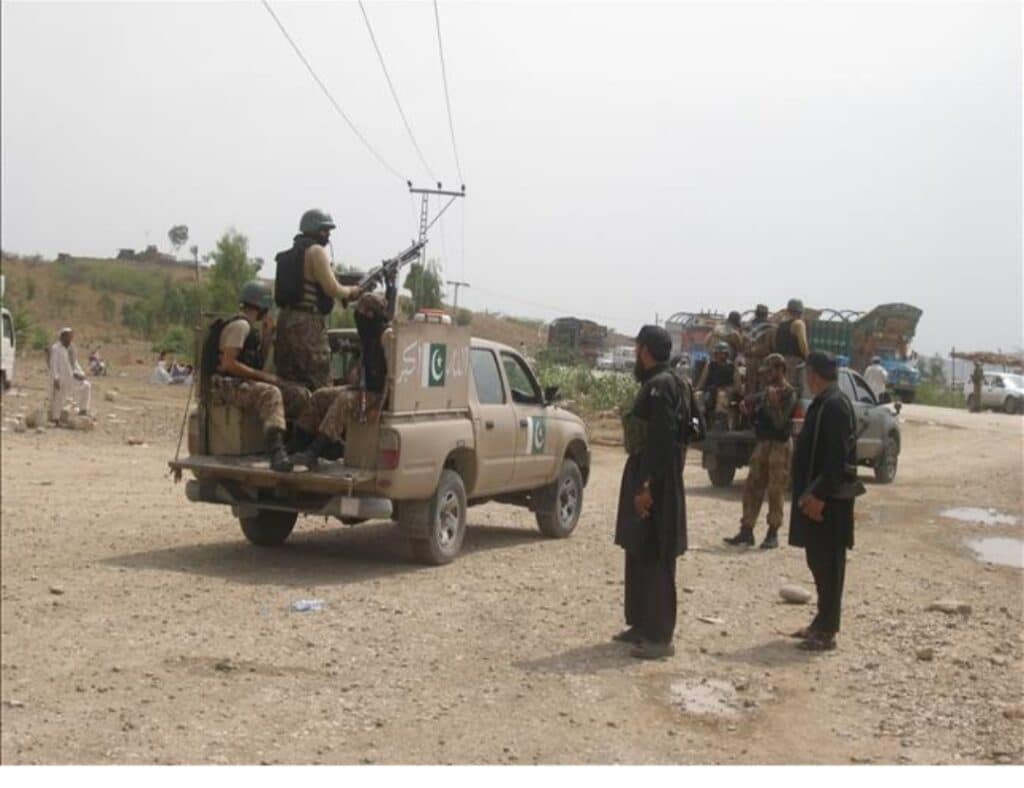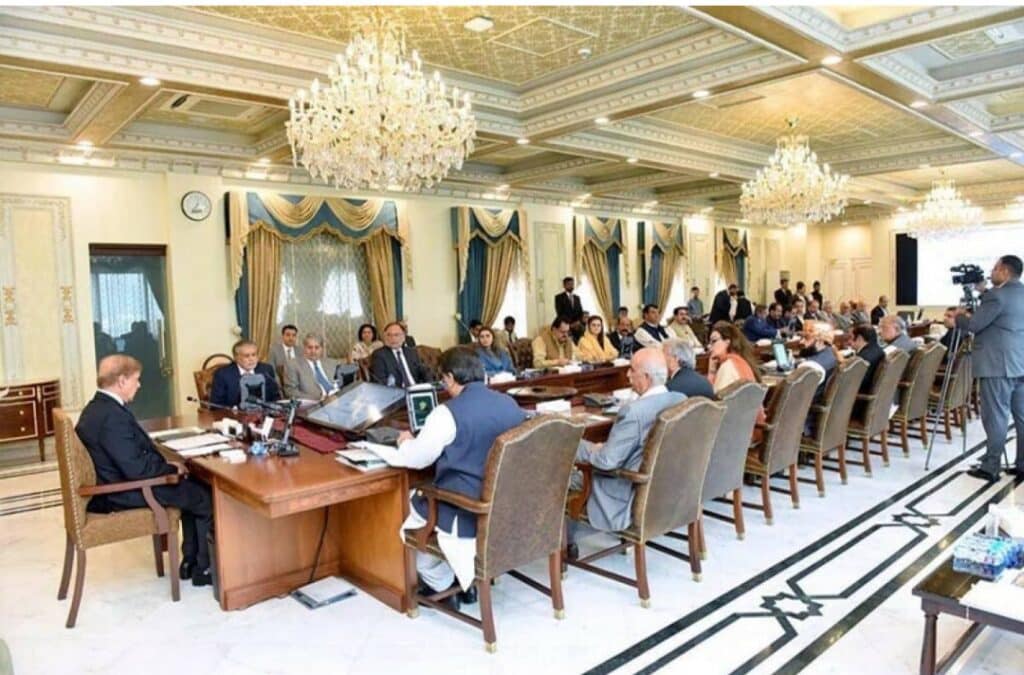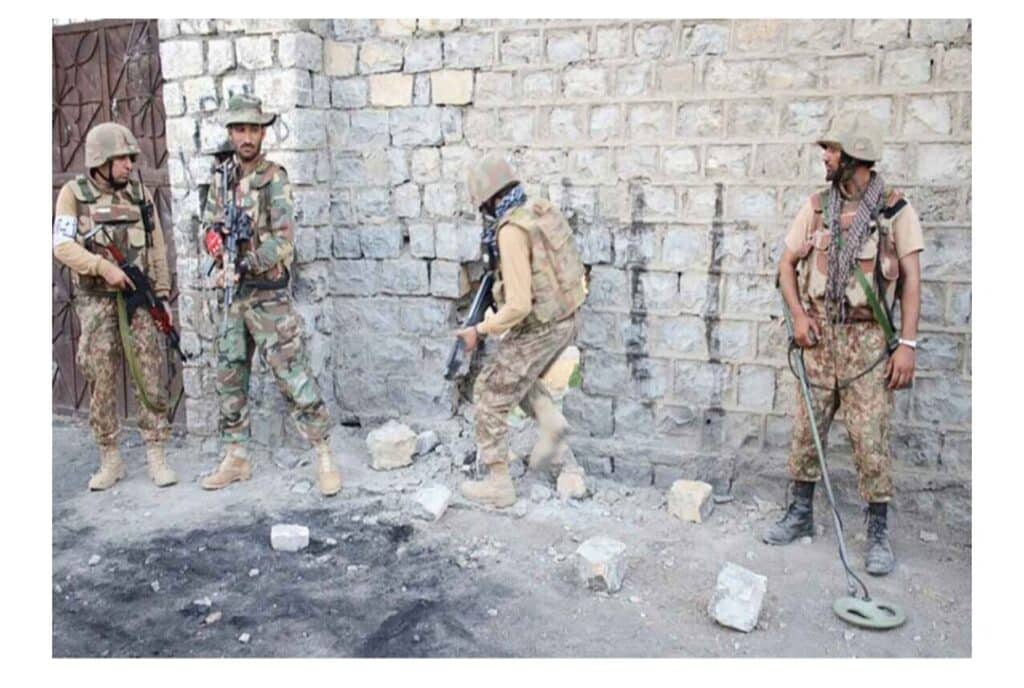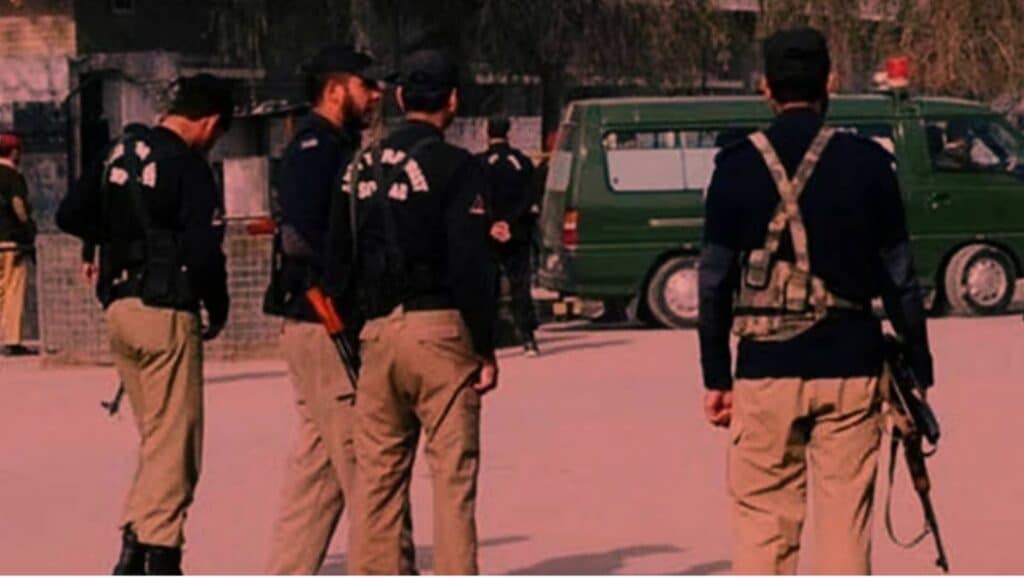The landscape of militancy in Pakistan’s former Federally Administered Tribal Areas (FATA) is undergoing a significant transformation, as infighting and strategic realignments among various militant groups intensify. Reliable sources on the ground confirm that the Hafiz Gul Bahadar group is rapidly consolidating its influence in North Waziristan and adjacent areas, posing a growing challenge to the banned Tehrik-i-Taliban Pakistan (TTP).
In a recent development that underscores this shift, a group of 15 militants led by Maulana Jaser from district Khyber pledged allegiance to Lashkar-e-Islam Pakistan. The group formally joined under the leadership of Tayyab alias Ajnabi Afridi, committing to “hijrah and jihad” and vowing obedience in all religious matters. While symbolic on the surface, this move signals a strategic alignment between Lashkar-e-Islam and the Gul Bahadar network, both of which have begun to assert themselves more forcefully in opposition to the TTP’s centralized dominance.
According to sources, the TTP views the resurgence of the Gul Bahadar group with increasing concern. Once sidelined, the group is now perceived as a potent rival, attracting militants disillusioned with the TTP’s rigid command structure and internal ideological disputes. The development is particularly significant given the volatile history of power struggles within the region’s jihadist factions.
Further complicating the picture is the evolving position of Jamaat-ul-Ahrar, which operates under the TTP umbrella. Sources with knowledge of internal dynamics reveal that Jamaat-ul-Ahrar has issues with TTP leadership and is now leaning towards supporting both the Gul Bahadar group and Lashkar-e-Islam. This emerging axis presents a formidable bloc that could reshape the militant order across the tribal belt.
Security experts note that this factionalism is both a challenge and an opportunity. “A fragmented militant structure can dilute coordinated threats,” said a senior counterterrorism analyst, “but it also increases the risk of turf wars, retaliatory attacks, and unregulated violence, especially in regions already destabilized by weak governance.”

